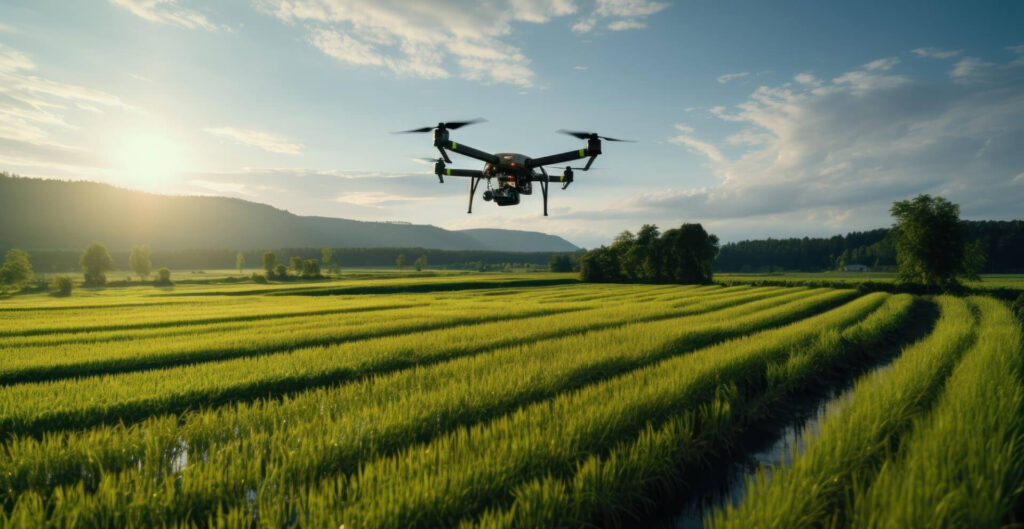
As drone technology continues to advance and its applications expand across various industries, navigating the legal landscape of drone regulations becomes increasingly crucial. Governments and regulatory bodies worldwide are developing frameworks to ensure the safe, secure, and ethical use of drones. Here, we explore the key aspects of drone regulations, the challenges faced, and the future outlook for drone legislation.
1. Overview of Current Regulations
United States:
- Federal Aviation Administration (FAA): The FAA regulates drone operations in the U.S. through Part 107 of the Federal Aviation Regulations. Key requirements include drone registration, remote pilot certification, and operational limits such as flying below 400 feet and within visual line of sight (VLOS).
- Waivers and Exemptions: The FAA allows for waivers to certain Part 107 rules, enabling operations such as beyond visual line of sight (BVLOS), nighttime flying, and flying over people, provided safety measures are demonstrated.
European Union:
- European Union Aviation Safety Agency (EASA): EASA oversees drone regulations across EU member states under the EU Drone Regulation. It classifies drone operations into three categories: Open (low risk), Specific (medium risk), and Certified (high risk), each with varying requirements based on the level of risk involved.
- Registration and Certification: Drones over a certain weight threshold and all operators must be registered. Specific and Certified category operations require additional approvals and safety assessments.
Other Countries:
- Canada: Transport Canada regulates drones under the Canadian Aviation Regulations Part IX. Similar to the U.S., it mandates registration, pilot certification, and compliance with operational limits.
- Australia: The Civil Aviation Safety Authority (CASA) governs drone use, requiring registration, pilot accreditation, and adherence to specific operational guidelines.
2. Key Regulatory Aspects
Registration and Identification:
- Most countries require drone operators to register their drones. This process typically involves providing identifying information about the drone and its owner, helping authorities track and manage drone activities.
- Drones are often required to display a unique registration number or electronic identification, enabling remote identification by law enforcement and aviation authorities.
Pilot Certification and Training:
- Certification programs ensure that drone pilots understand the rules and can operate drones safely. Training often covers topics such as airspace classification, weather effects, and emergency procedures.
- Many countries require passing a knowledge test to obtain a remote pilot certificate.
Operational Limitations:
- Common restrictions include maintaining VLOS, not flying above certain altitudes (e.g., 400 feet in the U.S.), and avoiding no-fly zones such as airports and military bases.
- Additional rules may prohibit flying over people, at night, or in adverse weather conditions without specific permissions.
Privacy and Data Protection:
- Regulations address privacy concerns by restricting the use of drones for surveillance or data collection without consent. Operators must comply with data protection laws, ensuring that any collected data is handled appropriately.
Insurance and Liability:
- Some jurisdictions require drone operators to carry liability insurance to cover potential damages or injuries caused by their drones. This provides financial protection and accountability.
3. Challenges and Considerations
Technological Advancements:
- As drone technology evolves, regulations must adapt to accommodate new capabilities such as autonomous flight, swarm operations, and advanced AI. This requires a dynamic and forward-thinking regulatory approach.
Enforcement and Compliance:
- Ensuring compliance with drone regulations presents significant challenges. Authorities must develop effective monitoring and enforcement mechanisms, including remote identification systems and penalties for violations.
Public Perception and Acceptance:
- Balancing innovation with public safety and privacy concerns is crucial. Engaging with communities and stakeholders helps build trust and acceptance of drone technology.
Harmonization of Regulations:
- The global nature of drone operations necessitates harmonized regulations across borders. International cooperation and standardized rules facilitate seamless drone operations and reduce regulatory complexity.
4. Future Outlook
Integration into Air Traffic Management:
- Developing Unmanned Traffic Management (UTM) systems will integrate drones into the broader airspace, ensuring safe and efficient operations alongside manned aircraft.
Evolving Standards:
- Regulatory bodies will continue to update standards and guidelines to keep pace with technological advancements. This includes frameworks for BVLOS operations, urban air mobility (UAM), and cargo deliveries.
Enhanced Safety and Security Measures:
- Ongoing research and development will lead to improved safety features such as collision avoidance systems, geofencing, and cybersecurity protocols, further enhancing the safe integration of drones into society.


